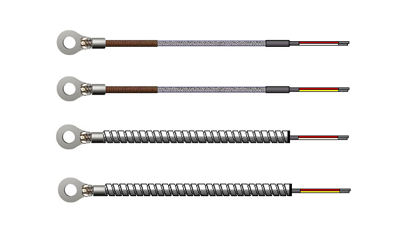
Thermocouples, the unsung heroes of our daily appliances, are essential for maintaining the correct temperature in everything from water heaters to ovens. But what happens when one goes bad? This article aims to shed light on how to identify a defective thermocouple.
A thermocouple is a type of sensor used to measure temperature. It comprises two different types of metal wires connected at one end. A small voltage is created when a temperature difference occurs between the junction and the other end. If your appliance shows inconsistent temperatures or doesn't heat up, a malfunctioning thermocouple could be the culprit.
Common signs of a faulty thermocouple include inconsistent temperature readings, a pilot light that won't stay lit in a gas appliance, or a device that won't heat up. Remember, safety comes first!
The first step in diagnosing a faulty thermocouple is a visual inspection. Next, look for signs of physical damage, like fraying, corrosion, or discoloration. Next, perform a basic "touch test" to see if the thermocouple is significantly colder or hotter than it should be.
A multimeter is a handy tool for diagnosing electrical components, including thermocouples. With an adult's help, you can use a multimeter to test the voltage produced by the thermocouple. Here's a simplified step-by-step guide:
If you've determined that your thermocouple might be faulty, it's time to call in a professional. Do not attempt to repair or replace a thermocouple without the proper training. Improper handling could lead to more severe damage or a potential safety risk.
Being able to identify a faulty thermocouple is a handy skill, especially when it comes to troubleshooting home appliances. However, always remember to prioritize safety and call in professionals when necessary. Thermocouples are a brilliant example of practical physics and engineering at work in our daily lives. Keep exploring and learning, and you'll find science and technology in every corner!